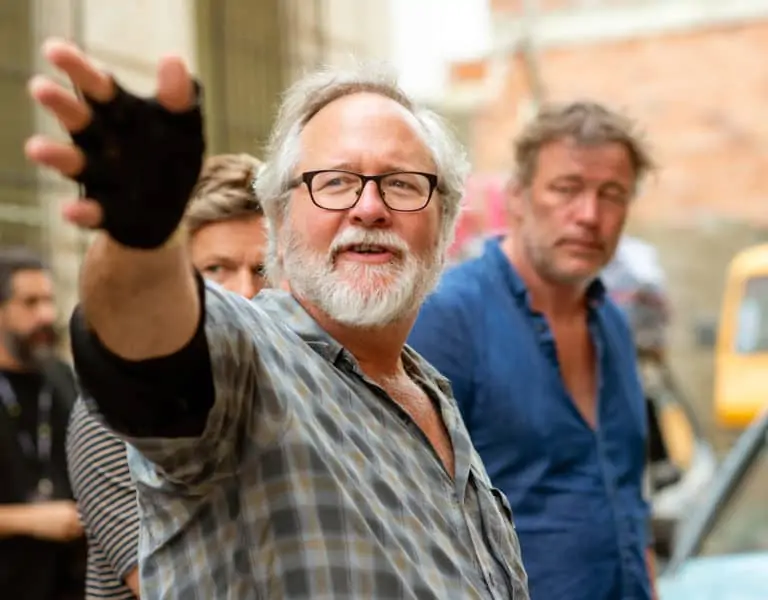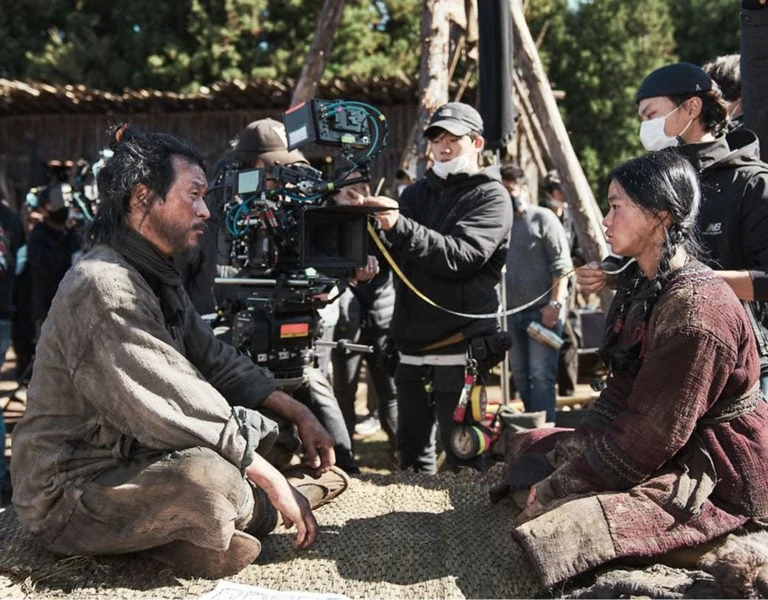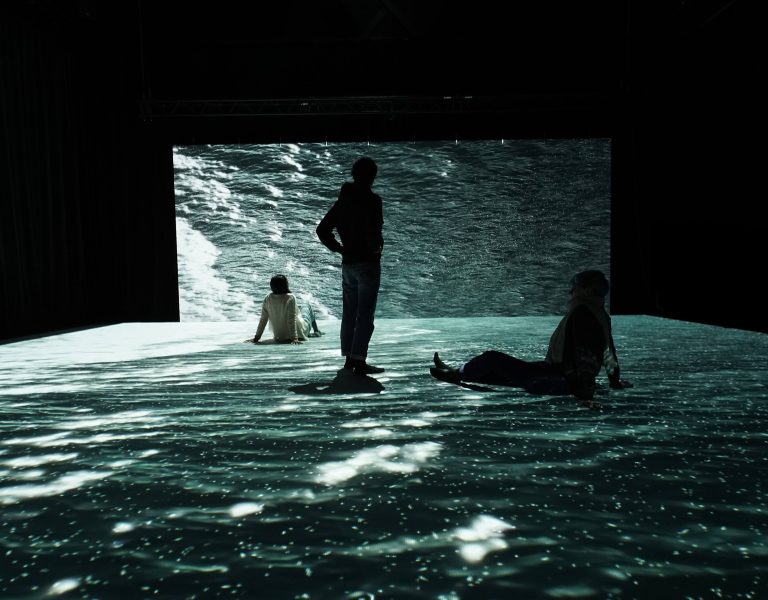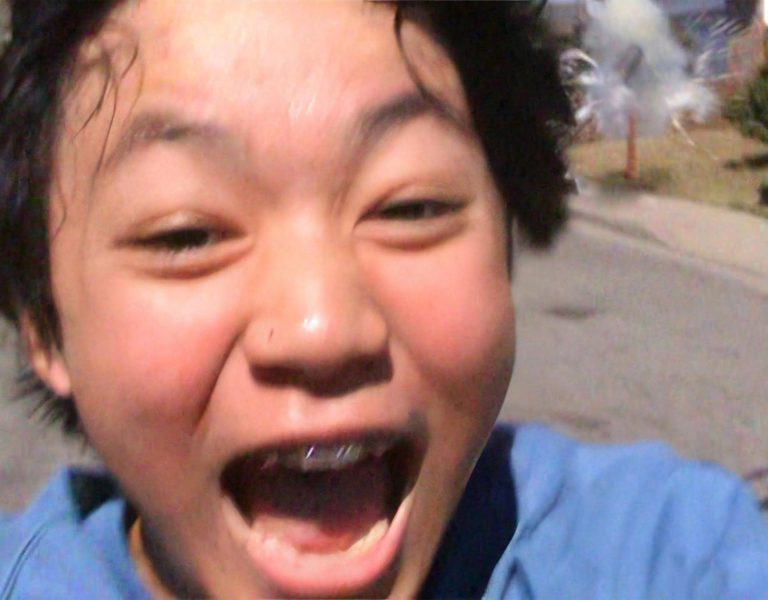
Based on the Brazilian best-selling novel by author Thalita Rebouças, Confessions of an Invisible Girl (original title: “Confissões de uma garota excluída”) tells the tale of Tetê, a teenage girl who suffers from bullying at school.
Produced by Panorâmica Filmes for Netflix, it is a coming-of-age story centred around the girl after she moves to her grandparents and starts attending a new school. There she makes friends and enemies, and has to prove herself innocent of an accusation that could change her life.
After Just Another Christmas, Confessions of an Invisible Girl is the second Netflix production for cinematographer Julio Costantini. However his creative talent, combined with a pragmatic embrace of technology, predict continued future success.
Director Bruno Garotti, who has helmed numerous projects derived from literature, wanted to utilize fresh references while staying faithful to this story. He also wanted to play with animation and split screen throughout the film. It was a challenge for Costantini, who set out to employ the latest techniques, creating an efficient workflow from start to finish. He tells us a little about his approach, and relies on top talent, state-of-the-art technology, and the latest workflows.
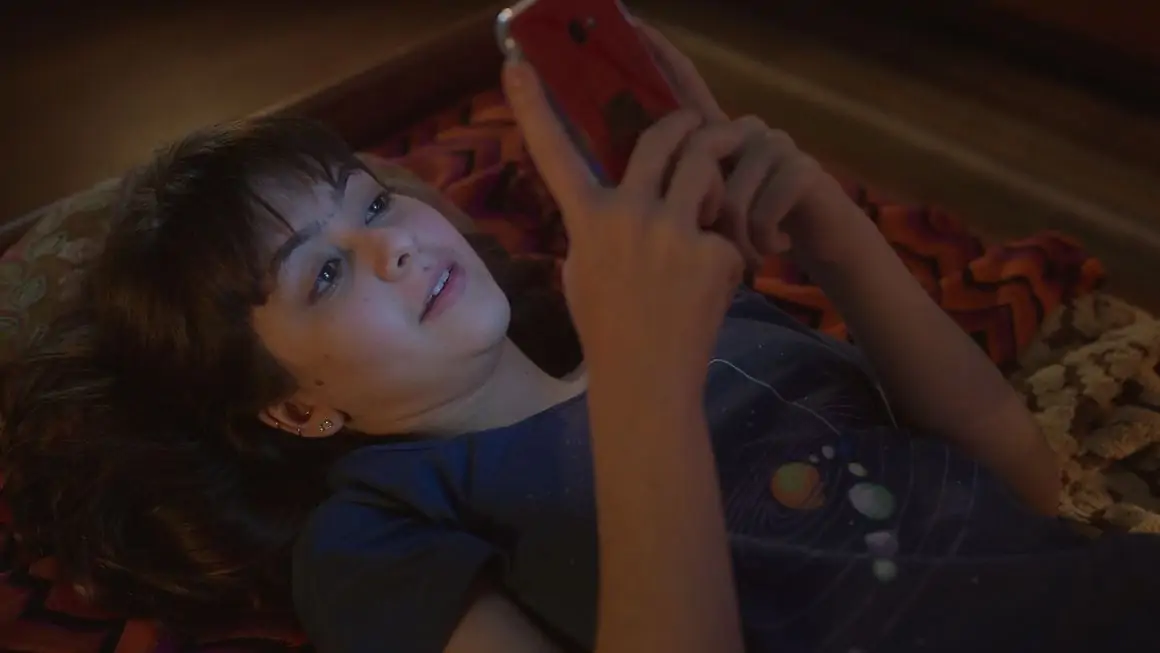
Julio, this is the first time you’ve worked with director Bruno Garotti. What was your approach for Confessions of an Invisible Girl?
Yes, this has been my first collaboration with director Bruno Garotti and I have to say that it has been a great experience. Bruno is so focused on getting good performances from the actors. It all starts with the amazing cast he always brings to his projects. As a cinematographer, I believe that the best thing we can do, in regards to actors, is to respect, protect, and gently try to enhance their performances while trying not to interfere too much, technically speaking.
We wanted to have a slightly different approach for the different worlds that were portrayed in the film such as Tetê’s school, or the elderly grandmother’s apartment, which was located in Rio’s historic Copacabana neighborhood.
From the beginning, we knew that this film would need camera movements that would follow the actors closely, most of them young, and be able to adapt to their improvised moments.
Confessions of an Invisible Girl was shot during the height of the pandemic in Brazil. How did this affect your work?
Shooting a feature film during a worldwide pandemic is no easy task. Working with the production safety team during preproduction, shoot, and postproduction, we had to respect strict protocols, get PCR tested all the time, and pay attention to every detail in regard to Covid protection. And of course this is all very important. Also, filming is always intense, but during a pandemic, your concentration needs to be doubled.
Something interesting to mention is the fact that this film has been colour graded remotely. Colour grading was done by Julia Bissiliat, resident colourist, as well as Francisco Neto (known as Chiquinho), senior colourist and postproduction supervisor, both from DOT Post House. It’s been an honour to work alongside them; finding the best solutions for each moment of the story. In fact our work started much earlier, during preproduction, when we gathered remotely with the Netflix team in Brazil, Laura Futuro and Bernardo Caron. We discussed the whole pipeline all the way to the end, covering live grading on set, dailies, deliveries, but also creative choices and how to better achieve them.
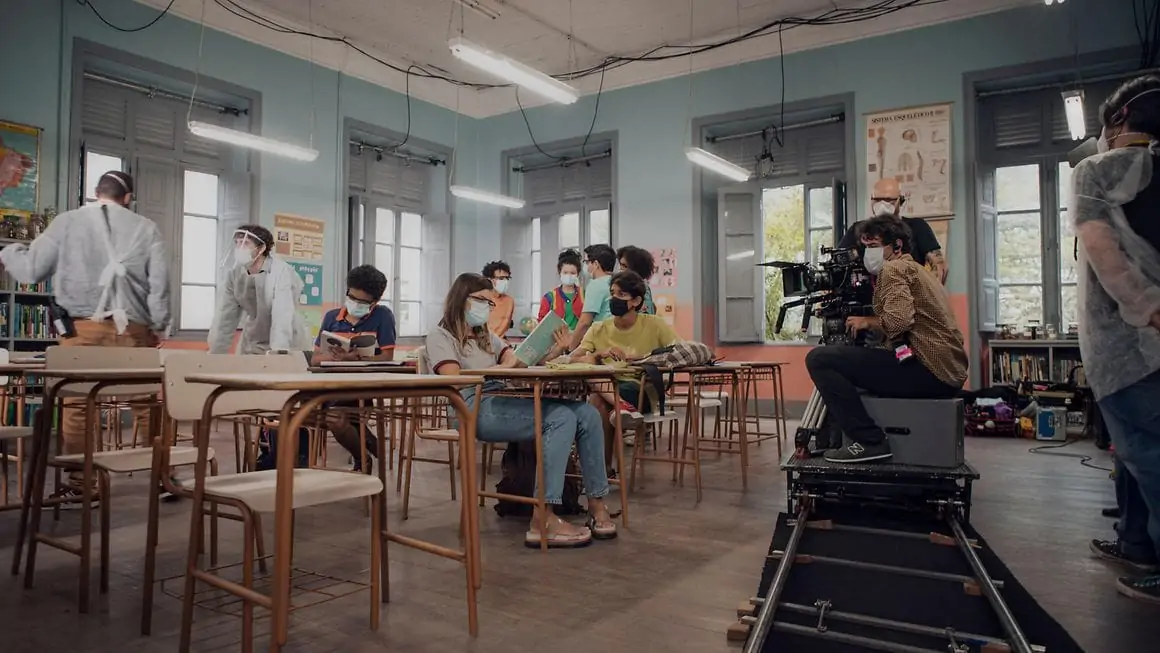
Employing the latest industry techniques is really becoming the norm in Brazil. For example, it’s exciting to see the AMPAS Academy Colour Encoding System (ACES) making its way onto most sets. Why did you decide to use it on this project?
On my first Netflix project, “Just Another Christmas,” we had the best experience working with the ACES colour system. I felt that this project would benefit a lot from it too. It’s so vast in terms of possibilities and also helps you keep the entire workflow aligned. After capturing your image in ARRIRAW, you have to expect to work with a colour space that carries the biggest amount of information up to the end. And ACES does that. The details that we found in terms of colour nuances during post, especially in High Dynamic Range (HDR), was impressive.
A quick note, although shooting ARRIRAW may seem impossible for some productions, in terms of data management and storage, using High Density Encoding (HDE) can make it a reality. And this was the case for us. We did some tests during preproduction and found that we were able to playback the original files in real time and save almost 40% of storage when using HDE, which by the way is absolutely lossless. We were really happy to use it on the film.
It seems you’re comfortable working in HDR. But how did that affect the shoot?
This has been my second project finished in HDR and I’m already a big fan of the process. The colour nuances and the contrast range that you’re able to work with make me always want to finish in HDR from now on. It reminds me that it’s not always a matter of pixels or resolution, but of color depth and multiplicity of available tones. And that’s what HDR provides to your image.
I can only say that the process affected the shoot positively. Once you have the possibility of HDR monitoring, even if only the DIT near set has access to it, you can check all the details while still on set, take better care of skin tones and highlights, etc.
Here I have to mention the DITs on this film, Fernando Sequeira and Marcelo Vicente, Digital lab Keila Borges from DOT and post-producer Tiago Almeida from Panoramica. They helped us keep consistent throughout the process, from beginning to end, and kept their eyes wide open during the shoot, monitoring and quality controlling in HDR.
DP Julio Costantini is a “big fan” of HDR: “It reminds me that it’s not always a matter of pixels or resolution, but of colour depth and multiplicity of available tones. And that’s what HDR provides to your image.”
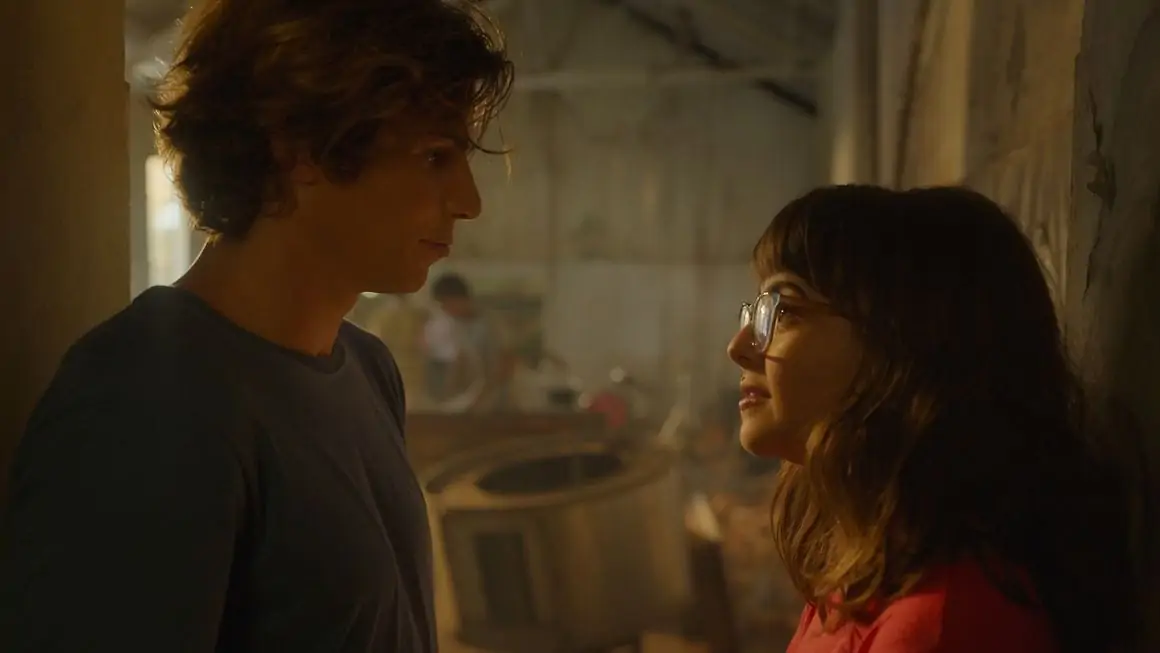
Amongst others, SkyPanels from ARRI were used for the lighting. What was your impression?
Gaffer Edu K. Spuldaro and his team helped me out a lot, creating solutions for the different locations and stages by using modern tools like SkyPanel S30s and S60s. The flexibility of being able to dim, change colour temperature while maintaining consistent light quality and CRI, or simulating colour and correction gels, is so important that it’s hard to start a project and not carry these units with you. It gives you freedom and lets you shoot faster.
This was one of the first films in the country to employ ALEXA Mini LF cameras and ARRI Signature Prime lenses. How did you choose this combination?
Bruno and I are also big fans of ARRI cameras. Although we had tested other camera models for this film, the choice of the ALEXA Mini LF became clear once we watched the footage in HDR. This has been my first time shooting ARRIRAW and I was very impressed with the results, in terms of colour rendition and latitude.
Some people may think that this large-format camera is only suitable for epic films or very big Hollywood productions, period pieces or war movies, but it doesn’t necessarily work that way. Large format can also be really useful to film comedies, family dramas, and intimacy between characters. Good camera equipment can help make your story look more beautiful and dramatic on the screen. If you use it the right way. But for this film we felt that large format combined with ARRI Signature Primes would make the drama pop out of the screen directly into the viewer’s hearts. Large format enhanced the actor’s emotions with elegance, especially due to the longer focal lengths that we naturally end up using to achieve certain fields of view, compared to standard Super 35 mm sensors.
The ARRI Signature Primes have something almost indescribable that I like to call “a modern and elegant charm.” They’re clearly high-end lenses, with no distortions, made to match between themselves, sharp and stable. However, they give you such a powerful and discrete softness around edges that it’s sometimes hard to believe what you’re looking at, even when you use them wide open. The camera crew was also impressed. They did a fantastic job on this film. And Mario Jannini, Technical Service Director at ARRI Brasil, gave us all the support and information we needed before and during production. I thank him for that.
It certainly seems that this project utilized top-of-the-line workflows. How did this influence the look of the film?
We always try to make all the technical choices based on the story. Of course, we were looking forward to working with the latest cameras and the latest lenses available. But none of that would have felt appropriate if it didn’t suit the story. We did not want to grow bigger than the story, or the characters, but we wanted to give them the look they deserved. We played with different colours, challenging the camera’s latitude when shooting at the beach, or capturing party scenes which were full of different hues. And we were really happy to see that the combination of the right equipment, a well-planned workflow, with the right crew and talented performances, always works!

